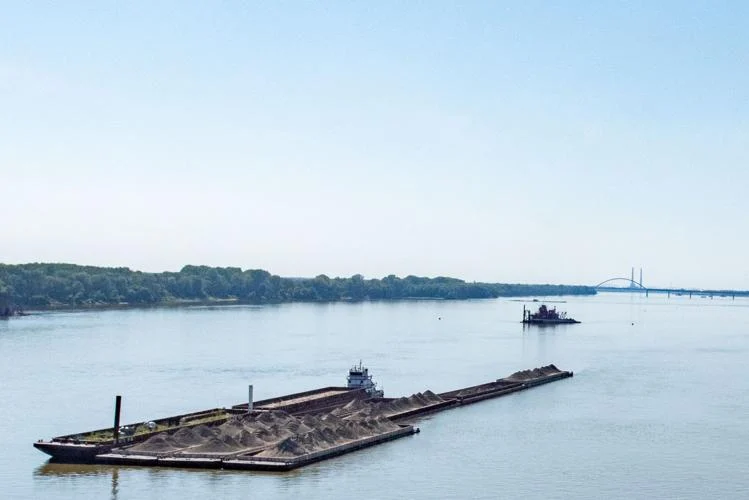Enhancing River Ecosystems through Sustainable Dredging Practices
The January 2024 issue of the Journal of Dredging, published by the Western Dredging Association (WEDA), puts a spotlight on sustainable dredging practices in river ecosystems. A recently released paper titled “Sustainable Dredging Practices Produce Multiple Benefits on the Ohio and Kanawha Rivers” extends the findings from a presentation by Andrew McQueen at the 2023 WEDA Dredging Summit and Expo. This study, funded by the U.S. Army Engineer Research and Development Center (ERDC) Dredging Operations and Environmental Research Program, delves into three key dredging projects undertaken by the Huntington Engineer District: Bonanza Bar and Robert C. Byrd Locks and Dam on the Ohio River, and Winfield Locks and Dam on the Kanawha River.
These projects are pivotal in the context of the Corps of Engineers’ goal to increase the beneficial use of dredged materials to 70 percent of all projects by 2030, up from the current 30 to 40 percent. Understanding successful precedents of such material utilization is crucial, especially within river environments where limited study on the subject has occurred.
Each project site underwent comprehensive review, including historical dredging records, cost analyses, mussel surveys, navigational data, photographic evidence, and environmental monitoring data. The strategic placement of dredged material facilitated the creation of side channel habitats, bolstered native mussel populations, and enhanced operational efficiencies within the dredging program.
Noteworthy outcomes include the restoration of the Bonanza Bar island footprint, leading to streamlined dredge placement, reduced dredging frequency and costs in the navigation channel, and the establishment of valuable ecological and recreational areas. Innovative water management techniques at Robert C. Byrd Locks and Dam supported safe navigation and preservation of sensitive mussel bed habitats, aided by advanced environmental monitoring technologies.
Similarly, the beneficial use of dredged sediments at Winfield Locks and Dam enhanced habitat conditions and fostered downstream mussel populations, as endorsed by state and federal wildlife agencies. This approach underscores the effectiveness of dredged material placement in improving sediment characteristics conducive to mussel bed growth.
In conclusion, the article advocates for an “engineering with nature” approach, emphasizing collaboration, efficiency, and leveraging natural processes to achieve common objectives. These insights serve as valuable lessons for the development of sustainable dredging practices, offering inspiration for future endeavors aimed at preserving and enhancing river ecosystems.
